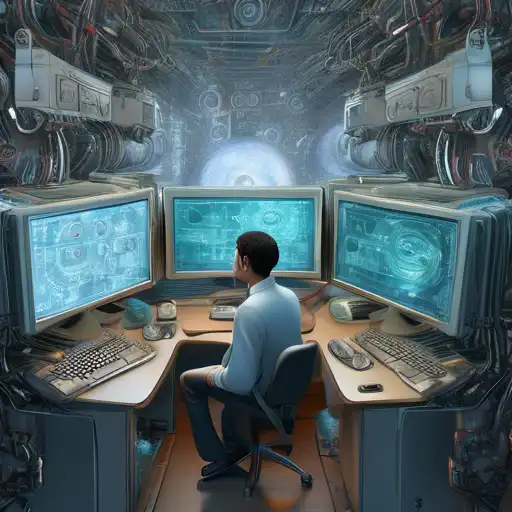Introduction to Computer Vision
Computer vision is a field of artificial intelligence that trains computers to interpret and understand the visual world. By leveraging digital images from cameras and videos and deep learning models, machines can accurately identify and classify objects—and then react to what they "see."
The Science Behind Computer Vision
At its core, computer vision involves the automatic extraction, analysis, and understanding of useful information from a single image or a sequence of images. It involves the development of a theoretical and algorithmic basis to achieve automatic visual understanding.
Key Technologies Powering Computer Vision
- Image Processing: Enhances images or extracts useful information.
- Machine Learning: Enables computers to learn from and make decisions based on data.
- Deep Learning: A subset of machine learning that uses neural networks with many layers.
- Pattern Recognition: Identifies patterns and regularities in data.
Applications of Computer Vision
Computer vision is used in a wide range of applications, from enabling self-driving cars to interpret their surroundings, to helping doctors diagnose diseases from medical imaging. Other applications include facial recognition systems, agricultural monitoring, and manufacturing quality control.
Revolutionizing Industries with Computer Vision
From retail to healthcare, computer vision is transforming industries by automating tasks that require visual interpretation. For example, in retail, computer vision enables cashier-less stores, while in healthcare, it assists in the early detection of diseases through medical imaging analysis.
Challenges and Future Directions
Despite its advancements, computer vision faces challenges such as understanding context and dealing with poor lighting or occlusions. However, with the continuous improvement in AI and machine learning, the future of computer vision looks promising, with potential breakthroughs in real-time processing and 3D image understanding.
Embracing the Future
As we move forward, the integration of computer vision in everyday technology will become more seamless, making it an indispensable tool in our digital lives. The potential for innovation is limitless, from enhancing security systems to creating more immersive augmented reality experiences.
For more insights into how artificial intelligence is shaping the future, check out our article on The Future of AI.
